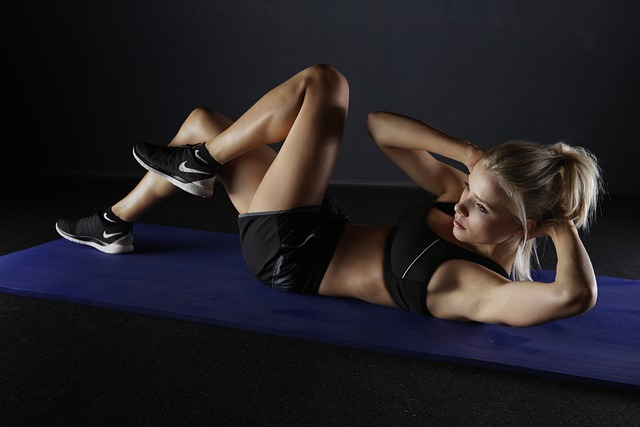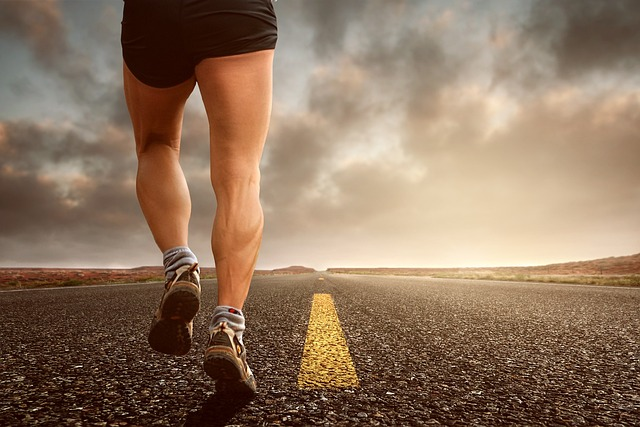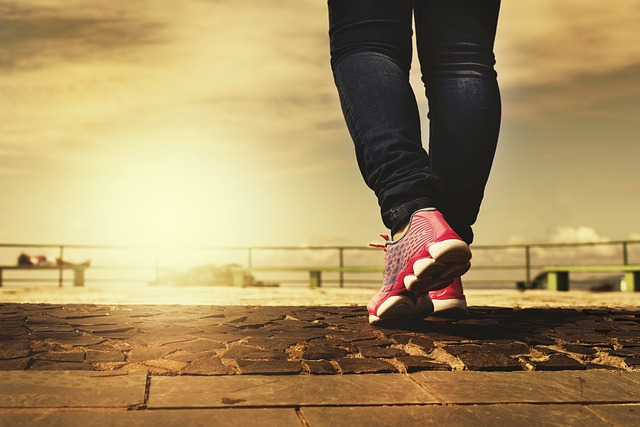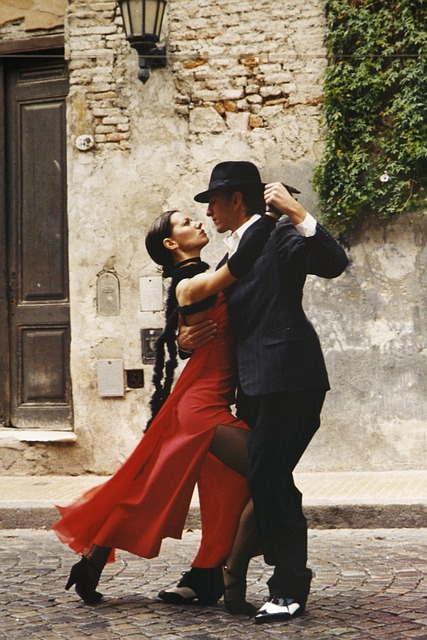Feet-Relief is supported by our audience. When you purchase through one of our links, we may earn a small affiliate commission. As an Amazon Associate I earn from qualifying purchases.Your cost is not affected.
How to Choose Comfortable and Healthy Heels
High heels hurt my feet! As a young adult, I chose to wear them when we went out dancing. Mine were 4″ heels that allowed for quite the spinning and turning. But I learned the hard way that these heels truly were not meant to be on my feet! In time, I had to learn how to choose comfortable and healthy heels.
It’s true; heel height does matter more for health and comfort than for style.
High heels have always been a staple in women’s fashion, exuding elegance and sophistication. In the movies, on advertisements, and at all the difference fashion shows, women wear high heels.
However, the discomfort and pain that often come with wearing high heels can make them a less desirable choice.
The good news is that with the right knowledge and approach, you can choose heels that are not only stylish but also comfortable and healthy for your feet. In this comprehensive guide, we explore various tips and tricks to help you choose the perfect pair of heels without compromising on comfort.
The Importance of Choosing Comfortable Heels
Wearing uncomfortable heels can have long-term negative effects on your feet, including foot pain, back pain, and even structural issues. It’s crucial to prioritize comfort when selecting high heels to avoid these potential problems.
By following the guidelines outlined in this guide, you can ensure that your heels are not only fashionable but also supportive and comfortable for daily wear or special occasions.
Opt for a Broader Heel for Stability
One of the first things to consider when choosing heels is the width of the heel. While stilettos and kitten heels may be visually appealing, they can lead to discomfort and instability.
Instead, opt for heels with a broader base, such comfortable high heels such as wedges, spool heels, stacked heels, or chunky heels.
These types of heels provide better stability and distribute your body weight more evenly, reducing the strain on your ankles and knees.
Choose an Appropriate Heel Height
The height of the heel is another crucial factor to consider when selecting the most comfortable heels around. While sky-high heels may be tempting, they can put excessive pressure on your feet and lead to pain and discomfort.
Experts recommend choosing a heel height that does not exceed 3 inches (7.6 centimeters) for everyday wear. If you need extra height, consider opting for platform shoes, which provide additional support and stability while reducing the incline of the foot.
Prioritize Toe Comfort
Toes often bear the brunt of the discomfort caused by wrong shoes that are ill-fitting. Pointy-toed shoes can cramp your toes together, leading to pain and the development of conditions like hammertoes and bunions.
Instead, opt for heels with almond-shaped or flat, rounded toes, which provide more room for your toes to move comfortably. Additionally, choosing heels with a wider toe box can alleviate pressure and prevent the formation of painful calluses and blisters.
Consider Heel Positioning
The positioning of the heel plays a crucial role in the overall comfort and stability of the shoe. Heels that are centered under your heel provide better support and balance.
Avoid shoes with heels that dip inward or outward, as they can cause discomfort and affect your gait. By choosing heels with centered heels, you can ensure that your weight is evenly distributed, reducing the risk of foot and ankle pain.
Comfortable Heel Height and Right Fit
Proper fit is essential for comfortable heels. Ill-fitting shoes can lead to rubbing, blisters, and foot pain. When shopping for heels, it’s crucial to measure your feet accurately. Consider getting your feet measured by a professional to determine the correct size perfect heel height and width.
Don’t be tempted to size up excessively if a shoe feels tight, as it can lead to instability and discomfort. Instead, look for shoes that offer a snug fit without pinching or squeezing your feet.
Choose Quality Materials
The choice of materials can greatly affect the comfort and durability of your heels. Opt for shoes made from high-quality materials like leather or suede. These materials are more flexible, allowing the shoe to mold to the shape of your foot over time.
Avoid shoes made from synthetic materials, as they tend to be stiffer and less breathable. By investing in well-crafted, quality heels, you can ensure better comfort and longevity.
Even with the right fit and materials, some heels may still lack adequate cushioning and support. To enhance comfort, consider adding extra cushioning to your shoes.
Gel inserts or padded insoles can provide additional support and reduce pressure on your feet. Look for inserts with arch support, as many heels lack this essential feature.
Adding extra cushioning can make a significant difference in the overall comfort of your heels, especially if you plan on wearing them for extended periods.
Test the Shoes Before Purchasing
Before making a final decision, it’s crucial to test the shoes to ensure they are comfortable and suitable for your needs. Take the time to walk around in the heels on different surfaces, paying attention to how they feel and whether they provide adequate support and stability.
If possible, try closing your eyes as you walk to focus solely on how your feet feel. By thoroughly testing the shoes, you can make an informed decision and avoid purchasing heels that may cause discomfort or pain.
Alternate With Flats and Practice Proper Foot Care
While choosing comfortable heels is essential, it’s also crucial to give your feet a break from time to time. Avoid wearing heels every day and alternate with comfortable flats or supportive shoes. This allows your feet to rest and recover, reducing the risk of foot and leg pain.
Additionally, practicing proper foot care, such as regular stretching and foot exercises, can help alleviate any discomfort and maintain optimal foot health.
Comfortable Heel and Style
Truthfully, choosing comfortable and healthy heels doesn’t mean sacrificing style. By following these guidelines, you can find the perfect pair of heels that prioritize comfort and support without compromising on fashion.
Remember to prioritize stability, choose the right heel height, opt for toe-friendly designs, ensure proper fit and quality materials, add extra cushioning if needed, and test the shoes before making a purchase. By taking these steps, you can enjoy the elegance of high heels while keeping your feet happy and healthy.
Frequently Asked Questions
Q: How can I find heels that won't hurt my feet?
A: To find heels that won’t hurt your feet, it is important to focus on certain factors. I always go for proper fit, adequate support, and quality materials. Look for heels with cushioned insoles that offer sufficient arch support to minimize discomfort. Also, go for heels with ample toe room to prevent cramping and friction.
Q: What materials are best for good heels?
A: Go for heels crafted from high-quality, soft, and flexible materials like genuine leather or suede. These materials allow for better movement and reduce friction. It prevents common issues such as blisters and calluses. Breathable materials help in maintaining a comfortable temperature within the shoe. It will also reduce the likelihood of excessive sweating and unpleasant odors.
Q: How do I know if a heel is stable enough to walk in?
A: Stability is very important when choosing heels. It ensures a safe and comfortable walking experience. Look for heels with a wider base or chunky heel, as they provide more stability and distribute your weight more evenly. It will reduce the risk of ankle sprains and falls. Additionally, examine the outsole of the heel to ensure it offers sufficient traction, especially on smooth or slippery surfaces.
Q: Are there any specific features I should look for in the construction of heels?
A: When selecting heels, prioritize those with shock-absorbing soles and adequate padding. Doing so will minimize the impact and strain on your feet and joints. Look for heels with cushioned footbeds that offer additional support and reduce the transmission of shock through the body.
RELATED READING
If you enjoyed reading this article, there are a lot more in the website. Feel free to browse and check them out for quick and informative reads!
Amazon and the Amazon logo are trademarks of Amazon.com, Inc, or its affiliates.











